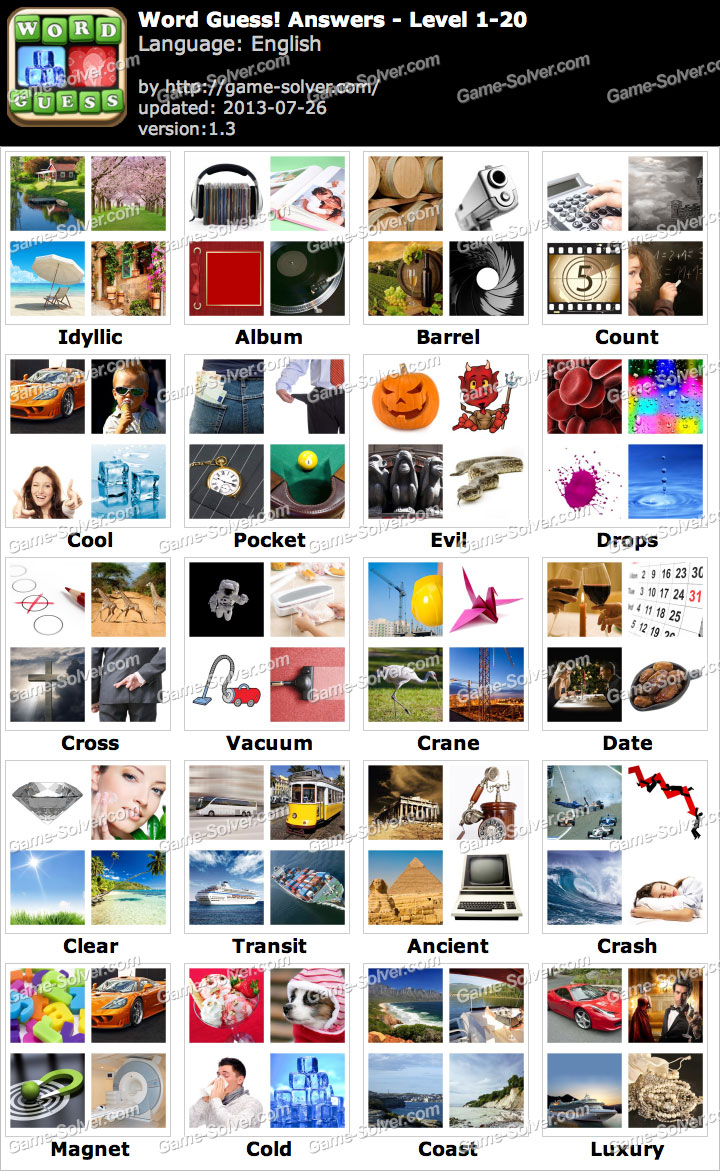

Kite now uses deep learning, a type of machine learning. Regardless of whether you’re going with Kite Free or Kite Pro, you’re getting an updated engine. The company plans to expand student access to high schoolers and others in the late summer, “just in time for the fall semester.”

University students can get Kite Pro for free by signing up with their school email address.

While a business-specific flavor is still in the works, the tool’s user growth meant it was time to start charging for features. Smith had told us in the past that monetization would come one day as an enterprise version. That feature, along with Multi-Line Completions, is now in the Pro version. The free version, however, used to also include Line-of-Code Completions. Kite Free includes completions ranked by relevance, local code processing, documentation as you type, and function signatures as you type. The free version of Kite, creatively named Kite Free, “has all the core features you’ve come to love.” This is not strictly true. Kite Pro is the company’s first paid product. We have a long way to go, and to make sure we have the revenue to get there we’ll be building out a portfolio of paid products targeting professional developers.” Python: Kite Free and Kite Pro “We are just scratching the surface of what machine learning can do for developers. “These are just the next steps on our journey to revolutionize how developers write code using AI,” Smith wrote today. Kite comes from Adam Smith, who founded Xobni, an email service launched in September 2007 that Yahoo acquired in July 2013. Now it is dipping its toes into monetization with a paid version. The company raised $17 million in January 2019 and ditched the cloud to run its free AI-powered developer tool locally. Kite debuted its offering privately in April 2016 before launching its developer sidekick powered by the cloud publicly in March 2017.


 0 kommentar(er)
0 kommentar(er)
